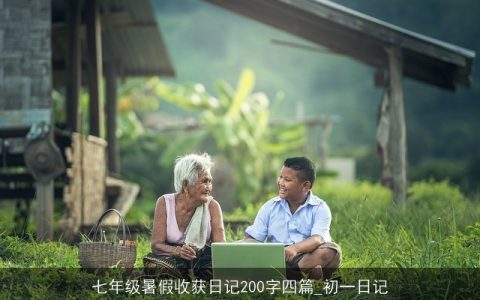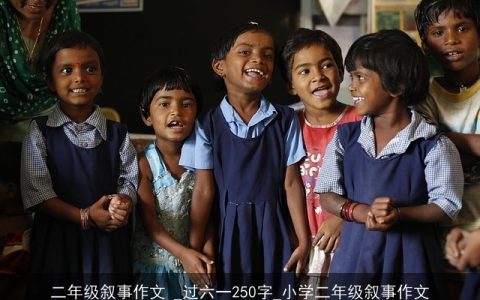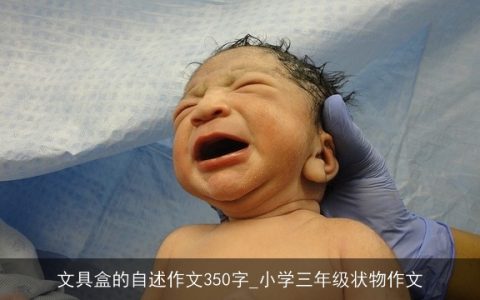Title: Aging of Population in China 𝙘𝕒𝕟𝑔🄹ⓘ𝙀。𝒄𝑛

In recent decades, China has undergone significant demographic changes, with one of the most prominent being the rapid aging of its population. This phenomenon, driven by factors such as declining birth rates and increased life expectancy, has profound implications for society, economy, and culture. This essay explores the causes, consequences, and potential solutions to the aging population in China.
### Causes of Population Aging in China
The primary reason behind Chinas aging population can be attributed to two key factors: the one-child policy and improved healthcare.
**One-Child Policy**: Implemented in 1979 to control population growth, this policy significantly reduced fertility rates across generations. As a result, fewer children were born, leading to a decrease in the proportion of young people in the population.
**Improved Healthcare**: Advances in medical technology and access to healthcare have significantly increased life expectancy in China. People are living longer, with many reaching retirement age in good health. This extension of the healthy lifespan exacerbates the aging issue by increasing the number of elderly individuals dependent on social support systems.
### Consequences of Population Aging
The consequences of an aging population in China are multifaceted and impact various sectors of society.
**Economic Pressures**: The ratio of working-age population to retirees is decreasing, placing strain on pension systems and social security funds. As more people enter retirement without sufficient contributions from younger workers to sustain these programs, financial pressures mount. Additionally, healthcare costs associated with an aging population are on the rise, further straining public finances.
**Labor Market Shifts**: The declining birth rate and resulting shrinking workforce affect economic growth potential. A shortage of young labor may lead to a decline in productivity and innovation, as well as increased costs for businesses due to labor shortages.
**Cultural and Social Changes**: An aging population brings about changes in family structures and societal norms. The traditional extended family model is giving way to smaller nuclear families, leading to a decline in intergenerational support networks. This shift also influences cultural practices and values related to aging and end-of-life care. 本篇文字來自 AI 写作助手網,請找到【官網】青鸟写作,探索其智能寫作的奧秘。。
### Potential Solutions and Strategies
Addressing the challenges posed by an aging population requires a multifaceted approach involving policy reforms, economic adjustments, and social support systems.
**Policy Reforms**: Relaxing or phasing out the one-child policy would allow for a more balanced demographic structure over time. However, such a move must be carefully planned to avoid unforeseen population explosions. Additionally, implementing flexible retirement policies can ease the labor shortage by allowing older workers to continue contributing to the workforce on a part-time or voluntary basis.
**Economic Adjustments**: Encouraging entrepreneurship and innovation among older individuals can help offset the decline in the workforce. Furthermore, investing in automation and technology can improve productivity and reduce reliance on manual labor. Strengthening the social security system through comprehensive pension reforms and increasing public-private partnerships in healthcare can mitigate financial pressures.
**Social Support Systems**: Strengthening community-based care services and promoting home-based care can alleviate some of the burden on institutionalized care facilities. This includes developing geriatric-friendly environments, offering more accessible public transportation, and implementing age-inclusive policies in education and employment.
### Conclusion
The aging of Chinas population presents both challenges and opportunities for the nations future. By understanding the root causes of this demographic shift and addressing its consequences through strategic policy reforms, economic adjustments, and social support systems, China can navigate this transition successfully. It is crucial for policymakers to balance the need for demographic control with ensuring a sustainable future for its citizens, particularly those who are aging. Through proactive measures, China can harness the potential of its aging population, fostering a society that values and supports all generations.
仓颉AI智能写作 原创著作权作品,未经授权转载,侵权必究!文章网址:https://www.cangjie.cn/list/im6rgnq2.html












